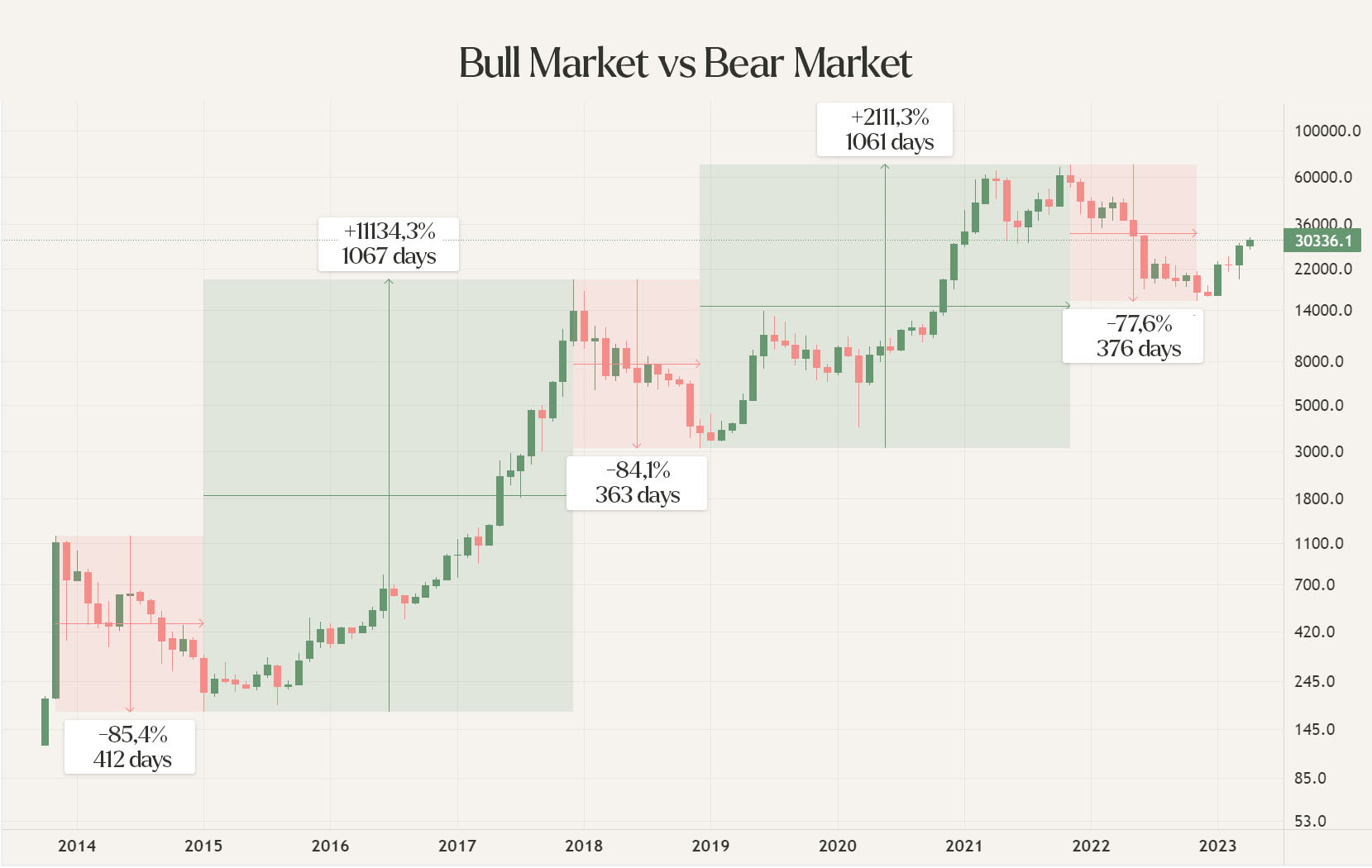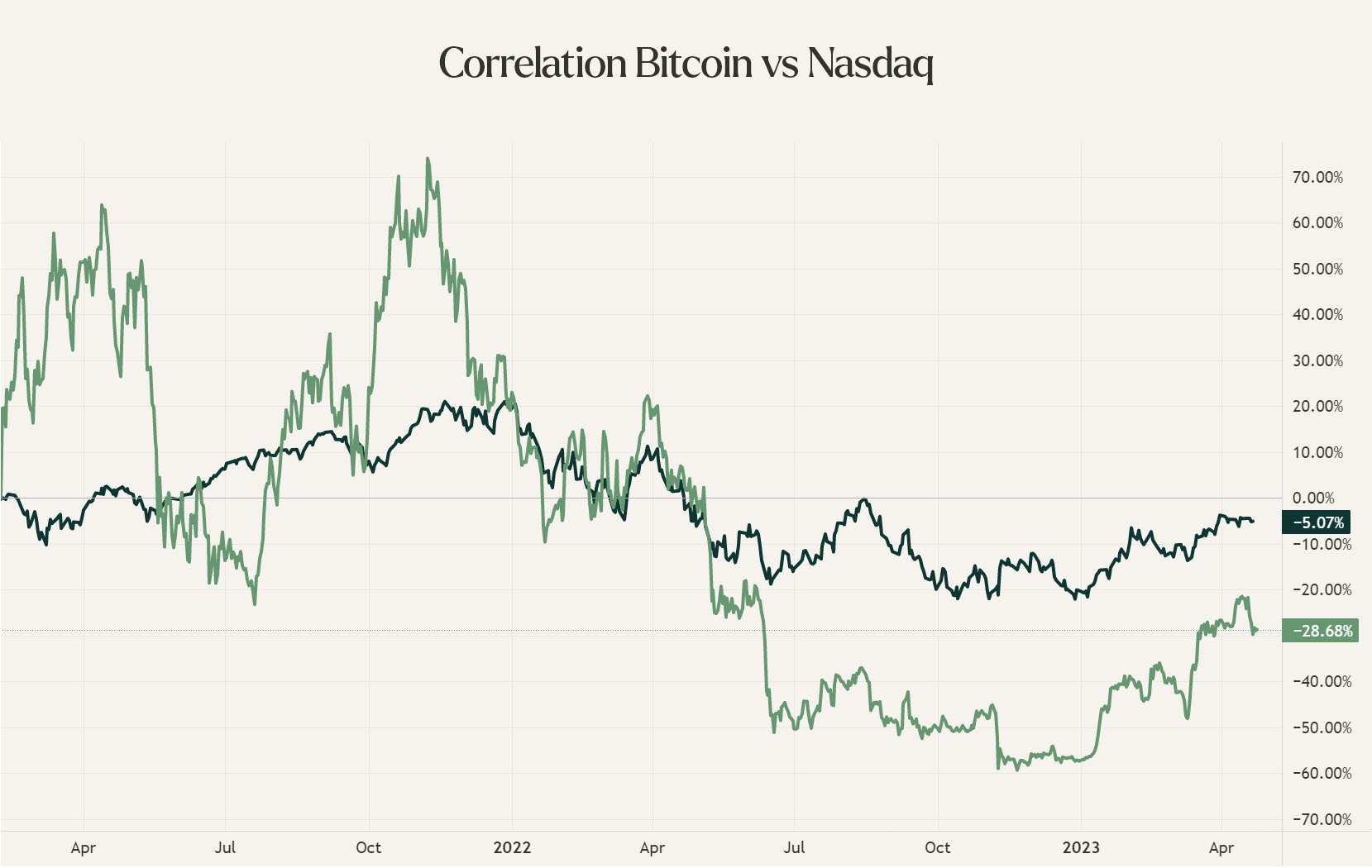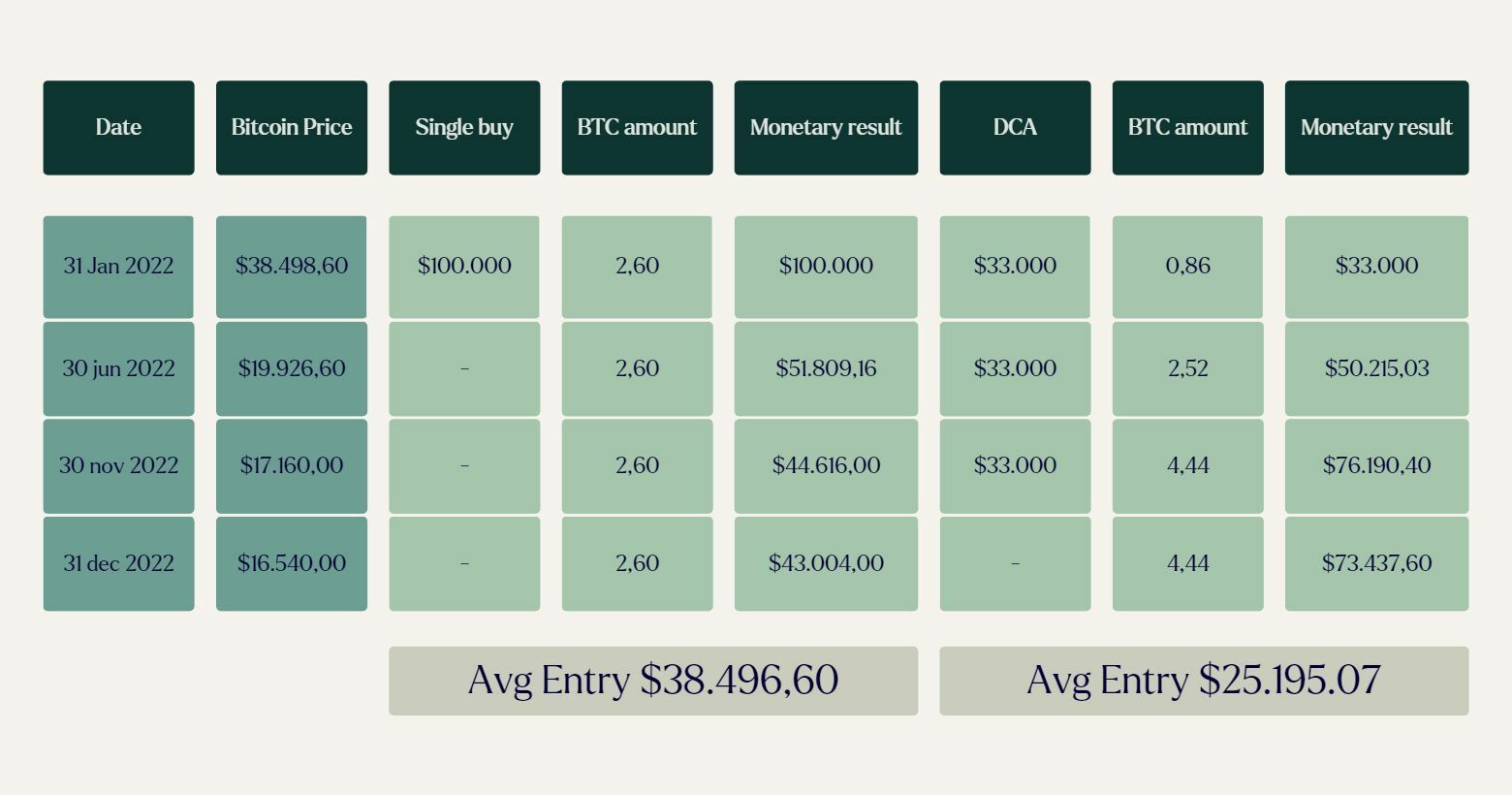Understanding and Navigating a Bear Market
- The Beginning of a Bear Market
- The History of Crypto Bear Markets
- The Upsides of a Bear Market
- How does Hodl cope with a Bear Market?
In 2022, we saw significant changes across financial markets. Where in previous years we had a strong upward trend, the markets reversed at the end of 2021. The value of investments has fallen and interest in investments has decreased.
As with any other investment class, we also experience bear markets in the cryptocurrency market; a period of sustained falling prices. However, these bear markets can be particularly harsh for newcomers to the market.
The Beginning of a Bear Market
A bear market is often more intense in cryptocurrency than in other investment classes. In traditional financial markets, a price drop of 20% is common to define a bear market. In the cryptocurrency market, this can quickly result in a drop of 70-80%. A bear market can be caused by various factors, such as a change in legislation or macroeconomics.
These events can have a strong negative impact on the value of investments and lead to a loss of confidence in the market. This change in sentiment and the continuously declining prices create a negative cycle that drives prices further down. Typically, it takes a long time, especially in the cryptocurrency market, for pessimism to turn into optimism and for an upward trend to emerge again.
The History of Crypto Bear Markets
Since the launch of Bitcoin (BTC) in 2009, the cryptocurrency market has experienced several bear and bull markets. The graph below illustrates the price of BTC over the years. We use the price of BTC as it serves as a benchmark for the entire cryptocurrency market. Based on the graph, we can see that a bear market occurs frequently and is almost cyclical.

Firstly, the market undergoes a period of strong growth, the green periods, followed by a period of strong decline, the red periods. For example, after reaching a peak of $1,242 in December 2013, the price of Bitcoin fell by 85% to $177 in January 2015. Subsequently, the Bitcoin price rose by over 10,000% to nearly $20,000 in December 2017.
The cryptocurrency market has experienced a total of four major bear markets, each caused by different factors. The two most well-known bear markets are those of 2017 and 2021. While the 2017 bear market was caused by a loss of confidence in BTC, the 2021 bear market was caused by a deterioration of the macroeconomy. We are noticing that the price of Bitcoin and other cryptocurrencies is increasingly influenced by macroeconomic factors. We expect this relationship to become even stronger in the coming years.
As adoption continues to increase, the market is expanding further from early adopters to professional investors and institutions. The entry of these parties introduces other correlations. Since these parties often invest large sums of capital, and in the case of institutions often involve other people's money, more thorough risk analyses are involved in managing the investment portfolio. During a period of economic growth, a more robust "risk-on" period is chosen, with more room for risky investments such as Bitcoin. When the expectation is that the economy will perform poorly, such as during a period of significant interest rate increases, a "risk-off" strategy is chosen and risky investments are converted into safer ones.

It is important to remember that no financial market can sustain its upward trend all the time; there will always be periods of strong corrections and a downward trend. However, this does not necessarily have to be negative as these periods can also offer interesting opportunities.
The Upsides of a Bear Market
A (first) crypto bear market can be frightening for many investors. However, there are also many benefits and opportunities that are quickly overlooked. The significant price drops provide an excellent opportunity to review the composition of the investment portfolio.
The various corrections and downward market movements offer investors a great chance to lower their average entry price and increase their upward growth potential. A commonly used investment strategy to achieve this is Dollar Cost Averaging (DCA). By regularly investing a fixed amount during a bear market, the average entry price is lowered. For example, if you entered the market at an undesirably high point, it may be interesting to increase your position after a significant decline. This will lower your average acquisition price. When the market reverses and the specific cryptocurrency or basket of cryptocurrencies increases in value again, you will reach break-even sooner. A Dollar Cost Averaging strategy generally provides more peace of mind for the investor since it places less focus on market price and timing.

How does Hodl cope with a Bear Market?
For Hodl, a bear market is a period in which we focus mainly on preparing for the next bull run and reviewing the entire portfolio of funds. Decisions are also made during this time to limit the downward pressure. We scale up investments in larger, more stable projects while distancing ourselves from riskier small cryptocurrencies. Additionally, we may switch our algorithmic bots to collect Bitcoin instead of more volatile altcoins. This allows us to adjust our risk-return ratio and establish a more stable foundation for the future.
In the world of cryptocurrency, volatility is a fact. Jess Muntenaar, Head of Trading at Hodl, says the following about this: "At Hodl, we consider the bear market as an opportunity to prepare for the next bull market. During this period, we conduct extensive research and position ourselves in fundamentally high-quality projects. When the market starts to revive, we take our profits and take advantage of the favorable entry point. During a bear market, we lay a solid foundation for the next bull market."

It is difficult to predict when and how long a bear market will occur. At Hodl, we always advise investors to adopt a long-term vision when investing in this new technology. Strong growth comes with challenges, and these are also evident during periods of declining or sideways-moving prices. In such periods, it is always interesting to look at what experienced parties in the market are doing.
One of the most well-known and successful investors of all time is Warren Buffett. He achieved his successes by buying during periods of declining markets and thus going against the entire market. Buffett is known to many for his famous quote: "Be fearful when others are greedy and be greedy only when others are fearful."


